Culinary Experiences and Cooking Classes in Rome
Discover all classes
Inspired, Inventive, Indulgent
Private and shared classes for all ages and experiences: discover experiences, lessons and classes in Rome

Hands-on Pasta Making and Tiramisù | Shared
From € 94,00
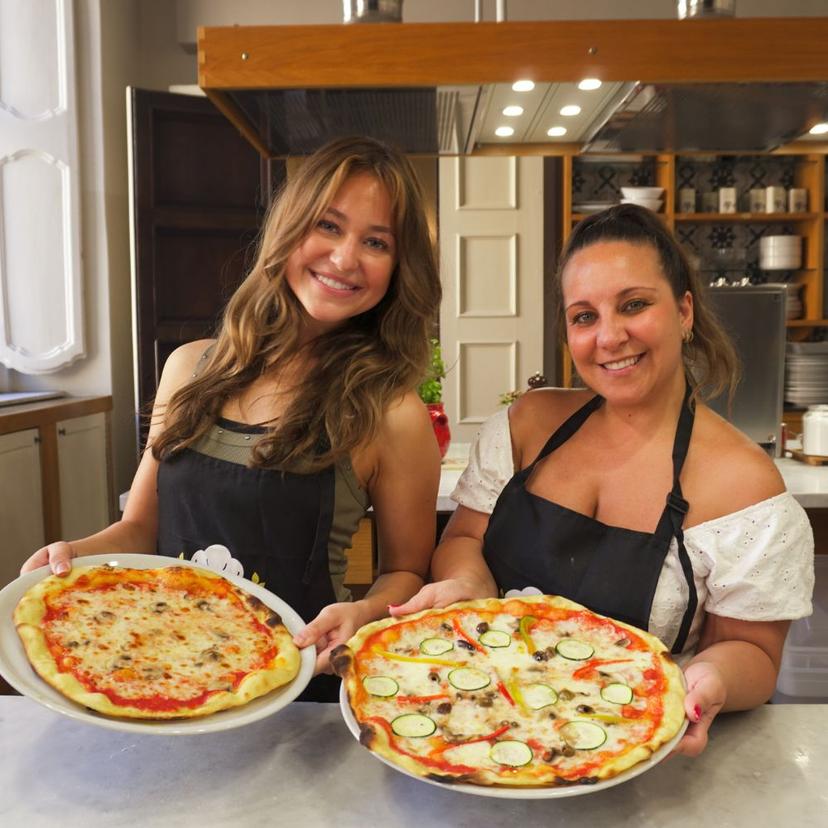
Hands-on Pizza Making and Gelato Class | Shared
From € 94,00
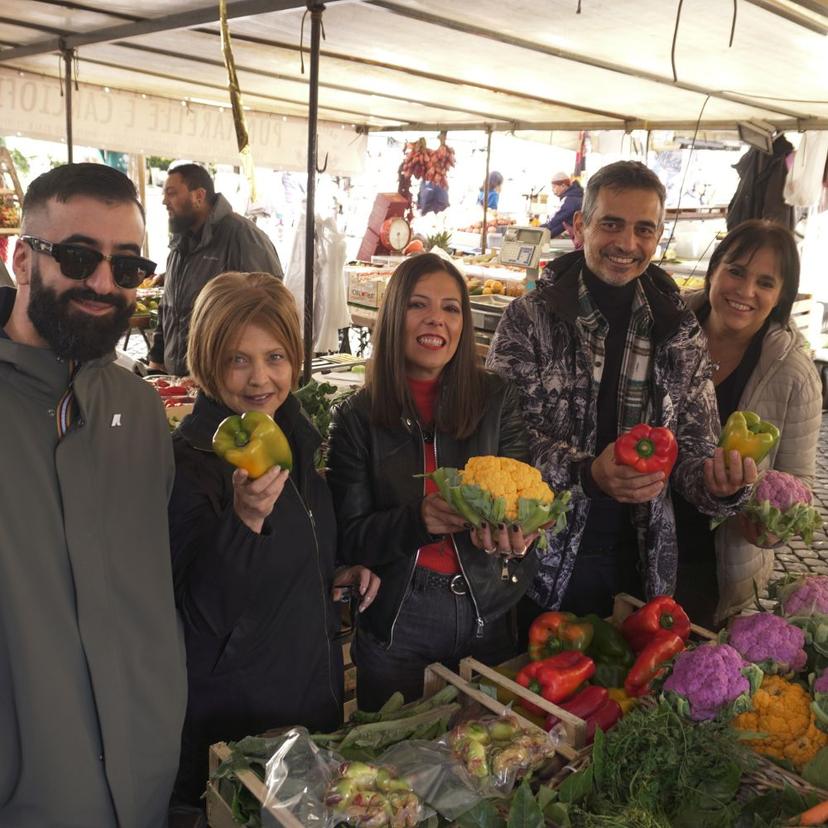
Cook an Italian Sunday Lunch with Farmers Market Shopping | Shared
From € 180,00
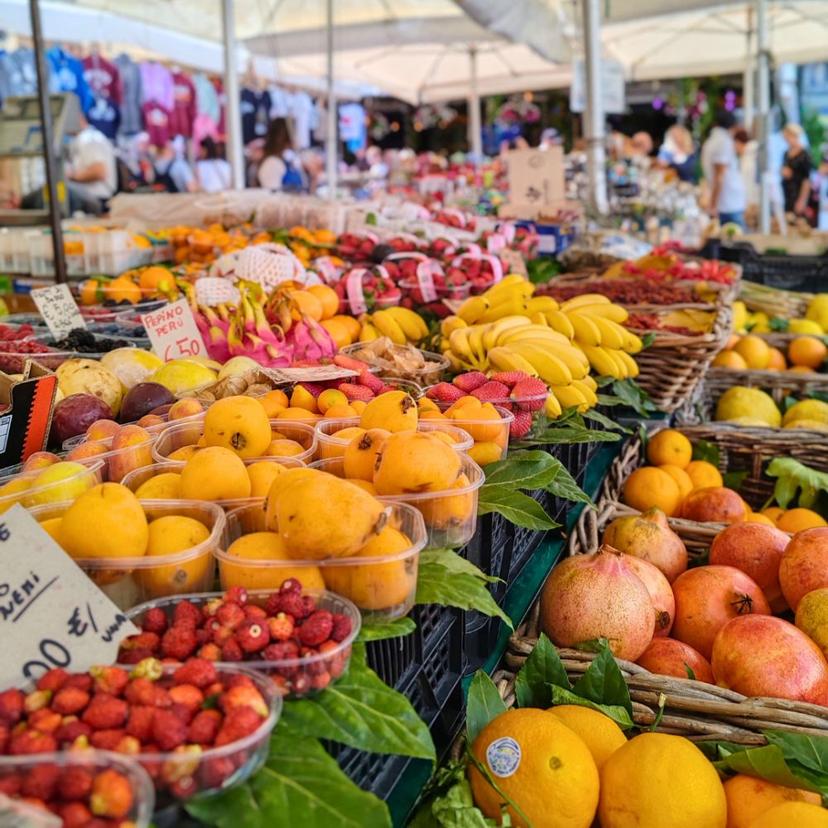
Farmers Market Shopping with Roman Full Course Class - Shared
From € 150,00

Trastevere Evening Stroll | Shared
From € 119,00

Roman Pastas (Carbonara, Amatriciana, Cacio e pepe) with Wine Pairing and Dessert | Shared
From € 130,00

Gelato and Italian Biscotti Making Class | Private
From € 400,00 for two people

Cooking with Nonna | Private
From € 600,00 for two people

Eating Testaccio: Market Tour and Tastings | Private
From € 350,00 for two people

Jewish Ghetto & Trastevere Food Tour | Private
From € 420,00 for two people

Cooking Class For Kids | Private
Price on request

Inside the Cocktail Academy: From Classics to Contemporary Creations
Price on request
Reviews
What our clients says about us on Tripadvisor and Google
Cooking Classes and Food tours
Show all posts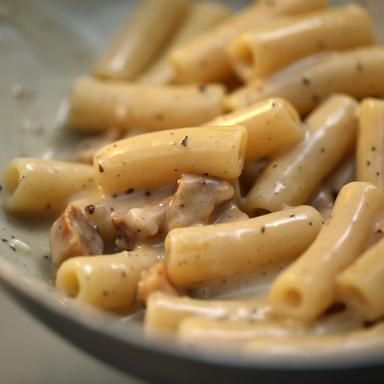
Grigia: The Mother of all Roman Pastas
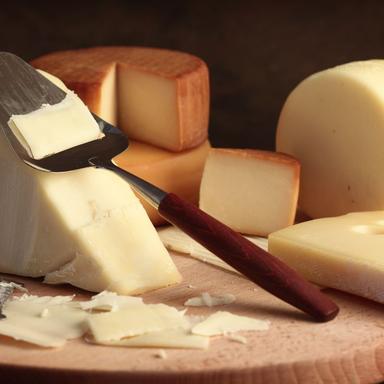
Famous Italian Cheeses and How to Pair Them

Italian Breakfast: What Locals Really Eat

Amatriciana: The Tastiest Roman Pasta You Must Try

How to Choose a Real Cooking Class in Rome

Authentic Roman Carbonara: the Original Recipe

The Joy of Handmade Food

Pizza and Gelato: Most Beloved Italian Pleasures
The Pope's Farm
A new extraordinary experience
This is a completely new and worthwhile way to experience the Vatican Museums, decongesting guests away from the centre of Rome and inviting them to the Roman countryside.

Private Events
Team Building and Celebrations

Our Trusted Partners
Our Schools
InRome Cooking Classes now has two locations in the city’s historical center.

Our flagship school is set in a stunning 17th-century palazzo opposite the Italian parliament and just around the corner from Piazza Navona.

The second school is located right next to the Pantheon








